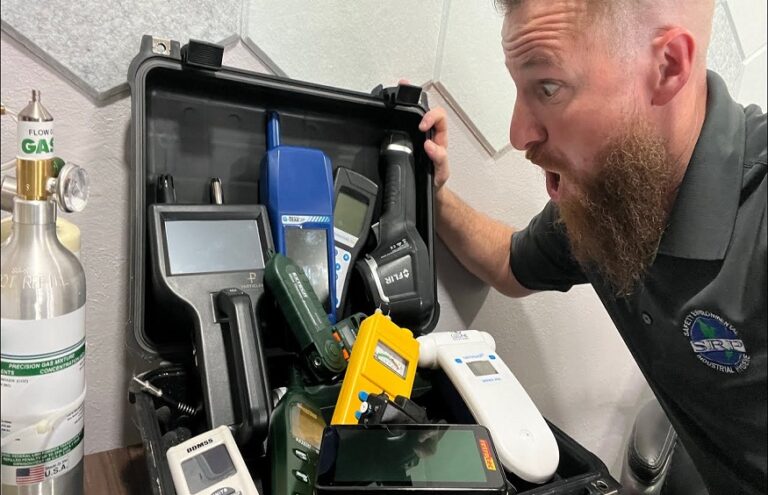1. Enhanced Energy Efficiency
Retrofitting older homes with smart home automation can significantly improve energy efficiency. Smart thermostats, lighting systems, and energy monitors allow homeowners to optimize their energy usage, reducing waste and lowering utility bills. These systems learn the household’s routines and adjust settings accordingly, ensuring that energy is not consumed unnecessarily.
2. Improved Home Security
Smart home automation enhances security in older homes. Smart locks, doorbell cameras, motion sensors, and security systems provide real-time monitoring and alerts, giving homeowners peace of mind. These devices can be controlled remotely, allowing for quick responses to any potential threats.
3. Increased Property Value
Investing in smart home technology can increase the value of an older property. Modern buyers often seek homes equipped with the latest technology, and a smart home system can make an older property more attractive. This added value can result in a higher resale price and a quicker sale.
4. Convenience and Comfort
Smart home automation brings a high level of convenience and comfort to daily living. Voice-activated assistants, automated lighting, and climate control systems can create a seamless living experience. Homeowners can control various aspects of their home environment with a simple voice command or through an app, making life easier and more enjoyable.
5. Remote Accessibility
One of the key advantages of smart home technology is the ability to control home systems remotely. Whether you are at work, on vacation, or simply away from home, you can monitor and manage your home’s security, climate, and other systems through your smartphone. This remote accessibility ensures that you are always connected to your home.
6. Cost Savings
While the initial investment in smart home technology may be significant, the long-term cost savings can be substantial. Energy-efficient systems reduce utility bills, and smart security systems can lower insurance premiums. Over time, these savings can offset the initial costs and provide a return on investment.
7. Health and Wellness
Smart home automation can contribute to the health and wellness of its occupants. Air quality monitors, smart lighting, and temperature controls can create a healthier living environment. For instance, lighting systems that mimic natural light can improve sleep patterns, and air quality sensors can alert homeowners to potential pollutants.
8. Environmental Impact
Retrofitting older homes with smart home automation also has positive environmental impacts. By optimizing energy use and reducing waste, these systems contribute to a smaller carbon footprint. Homeowners who are conscious of their environmental impact can feel good about their contributions to sustainability.
9. Future-Proofing
Integrating smart home technology helps future-proof older homes. As technology continues to evolve, having a smart infrastructure in place makes it easier to adopt new innovations. This ensures that the home remains relevant and up-to-date with the latest technological advancements.
10. Personalization and Adaptability
Smart home systems can be highly personalized to fit the unique needs and preferences of the homeowner. From setting lighting moods to automating daily routines, these systems adapt to the lifestyle of the occupants. This level of customization enhances the living experience and makes the home more comfortable and user-friendly.
Conclusion
Retrofitting older homes with smart home automation offers numerous benefits, ranging from enhanced energy efficiency and improved security to increased property value and convenience. By investing in smart technology, homeowners can enjoy a more comfortable, secure, and cost-effective living environment while also contributing to environmental sustainability.














+ There are no comments
Add yours